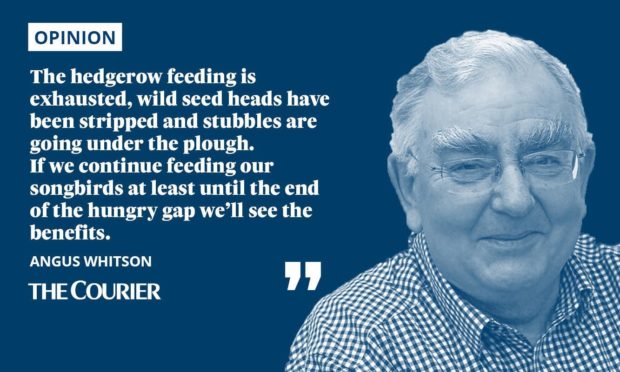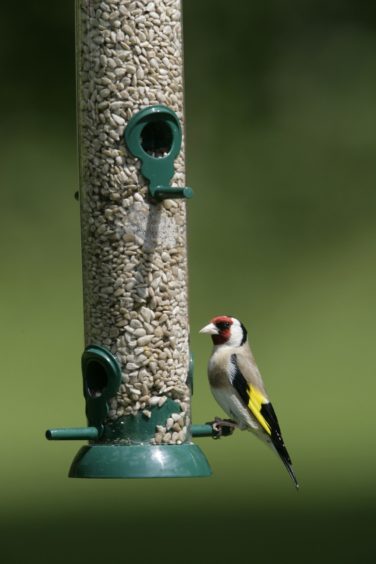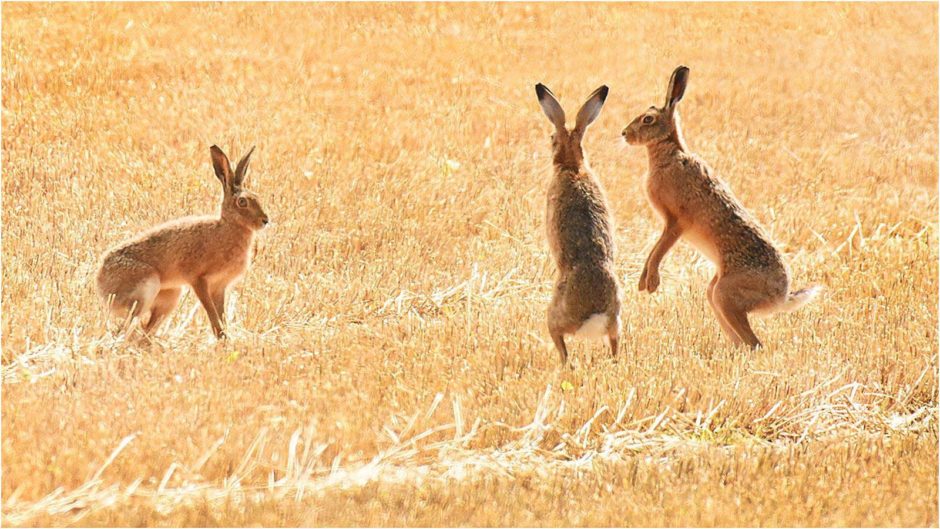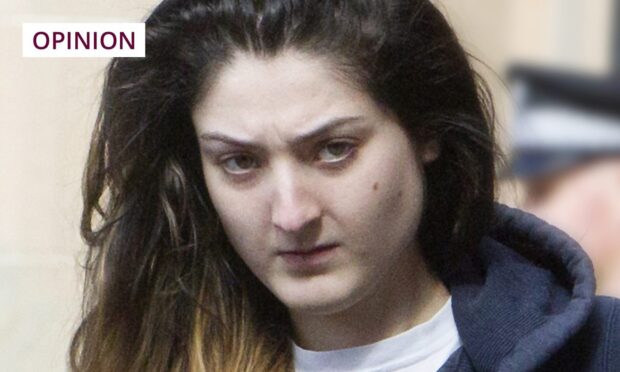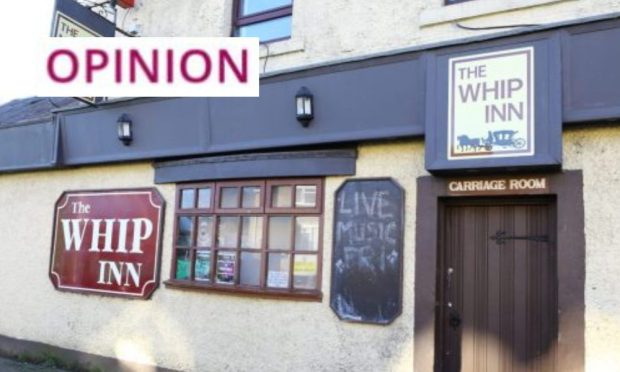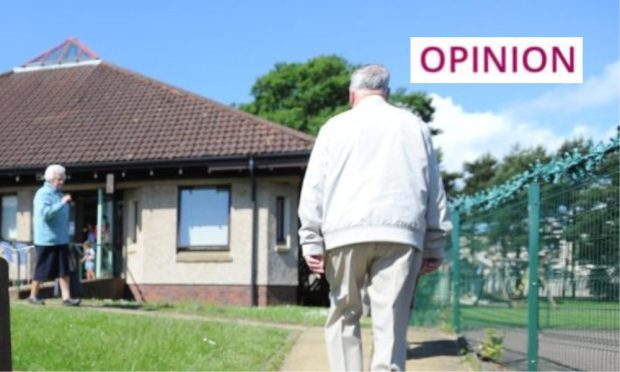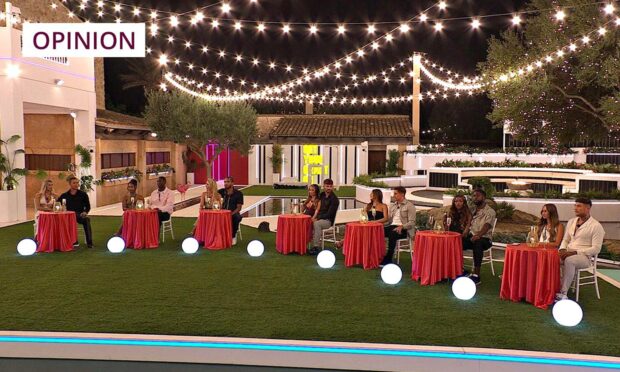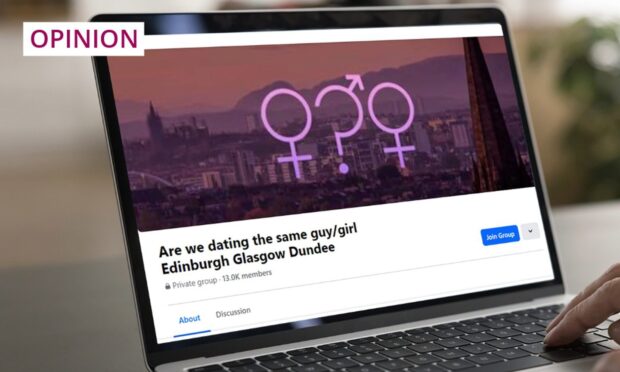It’s a strange spring this year, partly as regards the low numbers of small songbirds visiting the garden.
Last year we counted as many as 11 goldfinches coming daily to feed on nyger seeds. This year we’ve seen one goldfinch, about six weeks ago.
I’ve been putting out seeds and peanuts and fat balls as I’ve done for years but the songbird numbers are way down on previous years.
We had song thrushes earlier in the season, parading up and down the grass hunting for worms – but they have deserted us.
And partly too because of the hard frosts which have affected the young plants generally. There’s a feeling of frustration at not being able to move on in the garden.
The hungry gap
But despite the drop in numbers I continue feeding our birds as we are still in what ornithologists call the hungry gap, which lasts until next month.
For garden birds, as well as the woodland ones, daytime is one long meal to maintain body heat, especially through the night.
While the nights are frosty the days are sunny, though there’s still a bitter edge to the wind.
If we continue feeding our songbirds at least until the end of the hungry gap we’ll see the benefits in their numbers and enjoy the pleasure they give us
The competition for food grows fiercer as the natural stock of food becomes scarcer.
The hedgerow feeding for birds is exhausted, wild seed heads have been stripped and stubbles are going under the plough.
If we continue feeding our songbirds at least until the end of the hungry gap we’ll see the benefits in their numbers and enjoy the pleasure they give us.
I don’t recall last year being a bad breeding year for songbirds and don’t know the reasons for this year’s drop in numbers. But with luck 2021 will be a good breeding season and the balance will be restored.
Delight in dawn chorus
The dawn chorus, however, seems to be as fortissimo as ever, beginning in March and reaching its peak around International Dawn Chorus Day, always the first Sunday of May, and falling this year on the second of the month.
There’s a date to put in your diary – set the alarm for about 4am, get up, make a cup of tea and sit in your garden, weel happed up in a cosy rug, and listen to the exuberance of wrap-around birdsong.
Tuesday morning, around 4.45, I was dragged from sleep by the persistent rich, musical notes of a blackbird.
The first glimmers of daytime were lightening up the sky and just that single piping melody greeted the hesitant dawning.
As often as not it’s the blackbird you’ll hear first leading the dawn chorus. A chaffinch was next to tune in with its rippling, exuberant song, and in no time the “hale unseemly crew” was chiming in.
I wasn’t going to get to sleep again so I toddled along to the kitchen and made a cup of tea. Taking it out to the front garden there wasn’t another soul on the move at that early hour, and not so much as a whisper of wind to stir the grasses.
Kloks, coos and a cat on the prowl
The Crichie Burn runs past the house alongside a field and a spinney of trees. Beyond the field is a stand of mature beech trees, home to a noisy rookery.
The rooks and jackdaws were awake and chattering amongst themselves. Strutting cock pheasants were klok klokking their raucous greetings, and the cushie doos were crooning musical kisses to each other – coooo-coo, coo-coo, coo.
And a black and white cat was slinking its way home after a night out hunting.
As the mornings get lighter the birdsong starts earlier and carries on for about an hour. There’s a break for an hour and choir practise resumes about seven o’clock when Inka lets us know it’s time to get moving.
Hare today
Forty years ago brown hares were a common sight on the ploughed fields at this time of year, but around the mid-1970s their numbers declined sharply.
They have slowly recovered over recent years, though I doubt if they will return to their previous level in my lifetime.
On Monday’s Landward programme there was a brief clip of two brown hares boxing, something I don’t see often these days.
It’s mistakenly thought to be two males fighting for the affections of a female. In reality it’s a female fighting off the attentions of a male which is ready for mating when she is not.
And hair dismay
“Is that better?” asked the Doyenne as I polished off two crumpets smothered in butter and her homemade strawberry jam. “Yes, thank you”, I replied, appreciatively.
There was a thunderous silence from the Doyenne’s end.
The penny dropped. Her lockdown locks were shorn and a new Doyenne had emerged like a butterfly from its chrysalis – Oh dear, see what a pandemic does to your columnist.
She had said to her hairdresser that I’d never notice and, true to form, I hadn’t. It’s terrible to realise I’ve grown so predictable and that the old magic has gone. I blame the damned coronavirus.
